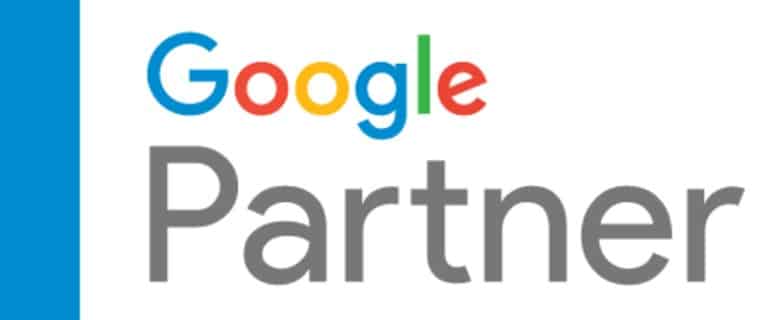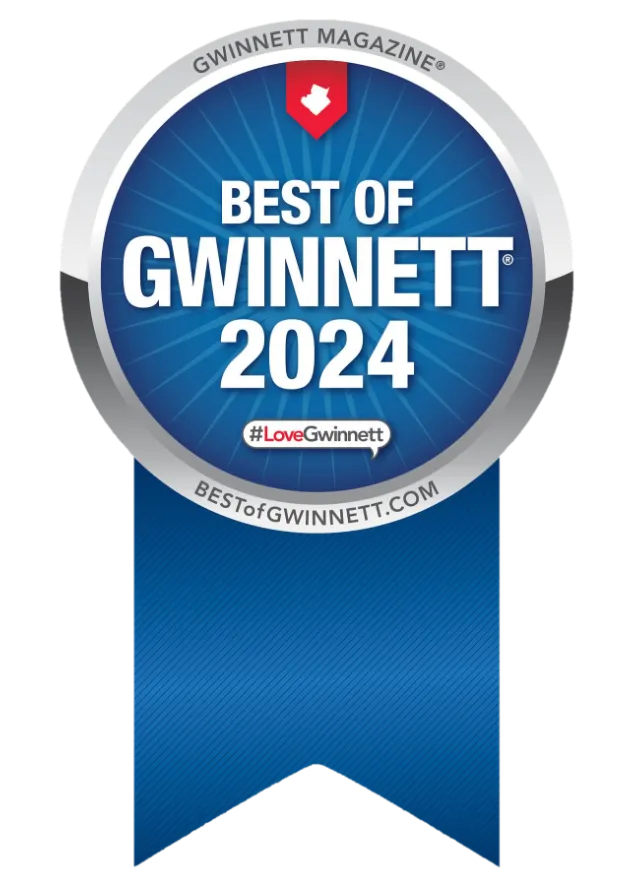Search Engine Optimization On An E-Commerce Site
So you have an e-commerce store, your web designer has done a fantastic job, and the products should just about sell themselves. All you need now is for some customers to come clicking through your door, and you’ve got yourself a money-making business.
Having people find you online is the essential element to gaining customers. A strong SEO is vital to people finding you, so let’s look at how you can optimize your e-commerce store for search engines.
What is SEO?
In simple terms, search engine optimization is about improving a web page’s visibility in the search results. That’s a fancy way of saying that you want your e-commerce site on page one for as many keywords as you can think of.
While there are a lot of people out there offering SEO services, good SEO requires a lot of work. It’s like putting a 10,000 piece puzzle together, but there’s no arguing that being on page one will bring more paying customers through your digital front door. SEO helps people find your store online.
But if your e-commerce store is selling books, you want people looking to buy books to find you. If you’re showing up in the searches of people looking for frying pans, you’re not going to make too many sales. This is where your keyword strategy is vital.
So What Is A Keyword?
A keyword is a single word or a phrase that someone types into a search engine, such as Google or Bing, when searching for something. If your site or web page emphasizes this word, the search engine will have a better chance of returning it as a result of that search,
For example, if someone types “how to fly a kite” into Google, and your page has that phrase, it has a better chance of appearing somewhere in the search results.
How To Use Keyword Strategy For E-Commerce SEO
For a keyword to work for you, it has to bring the right people to your e-commerce site. To do this, the keyword must bring in people interested in your product and ready to buy. You also need a large enough volume of visitors to generate sufficient sales.
Research shows that appearing on page one of search results is essential to generating traffic. Therefore, your keyword’s competitiveness will significantly determine where you land in the search engine results.
For example, if you’re selling books on fly fishing, and you’re trying to use the keyword books, you’re going to find your up against sites like Amazon, eBay, Audible, and Google Reads, to name just a few. Your chances of outranking these sites are pretty slim. Further, all those looking for the latest crime novel will not buy a fly fishing book from you.
However, if you use a more specific keyword, like “books on fly fishing,” you’ll be up against a lot less competition and be found by people looking for exactly what you’re selling. So how can you find the keywords that work best for you?
Keyword Research
Some tools can help you find out how popular a keyword is and the volume of people using it. Tools like SEM rush, Ubersuggest, and Google Keyword Planner are great at doing this. Even typing your product into Google and looking at the related search suggestions at the bottom of the page can give you an excellent place to start. (check out our favoritekeyword research tools)
However, while a good place to start, there is more to consider than just ranking and volume. Buyer intent (also known as commercial intent) is vital in getting paying customers to your site.
Buyer Intent
Buyer intent refers to how ready someone is to purchase. For example, someone searching for “best laptop” is probably looking for information on what’s available. But someone searching for “Asus VivoBook E200HA” is probably looking for the best deal on that laptop and is likely more ready to buy.
So how can you look at buyer intent?
Amazon Keyword Tool
While Amazon is a unique search engine, the Amazon Keyword Tool is a gold mine of information. The Amazon Keyword Tool will autofill suggestions for any keyword you type in. For example, if you type in shoes, it will list all the searches people looking to buy different shoes searched for. These are people looking to buy.
Competitor Research
If you’re feeling a bit overwhelmed by all of this, and wondering where to start, then your competitors could be the best place to look. Chances are, especially if they’re large businesses, they have already done all the heavy lifting in optimizing their websites, and you can reveal many of their secrets by looking at their sites.
A tool like Moz browser extension will let you see what keywords your competitors are focusing on. It’s a good idea to look at both their home page and top product pages.
Optimizing Your Pages For SEO
Most businesses focus their SEO efforts on their home page. While it is important, it is only one part of the story.
However, it is the best place to start and indeed a place where you can reap great SEO rewards. So, where do you begin?
Homepage Title Tag
The SEO title tag is one of the critical ingredients of on-page SEO. You should include your business name as well as the keyword that you’re targeting. Try to keep it under 70 characters and make it appealing, as searchers see this in the results.
Homepage Meta Description
While not playing a huge role in your page ranking, this 160 character description appears in the search results under the title. Use it to convince a potential customer to visit your site.
You should know that lately, Google has been rewriting meta descriptions. The algorithm now has a tendency to replace the written meta descriptions with content found on the page that more accurately describes the content that is found there. While this can be super frustrating to the website owners, the thinking here is that Google is doing this to reduce the bait and switch that can happen when a site owner writes a meta description that doesn’t accurately reflect the content on the page.
Homepage Content
Your homepage should help customers understand what you have on offer in a straightforward way. Try to keep it to just a few products and why they want to buy from you. Including too much information here will confuse both your customers and the search engine. Google needs clear information on what you’re selling and who you’re targeting with your products.
Keep Site Architecture Simple
Having easy-to-follow navigation from the homepage to product categories to the products themselves plays a crucial role in search optimization. Search engine bots are looking for a straightforward internal linking structure that doesn’t need deep digging to find something.
The goal you should be looking for is to have every product reachable within three clicks of the homepage.
Internal Linking
Internal linking is essential for two reasons:
- It lets search engines see how pages are related to each other, boosting e-commerce SEO
- It encourages users to have a look around your site.
Linking products to informative blog articles can give a massive boost to SEO and tempt people to really explore your site.
Product Pages
Product pages are the lifeblood of your business, so you need to put some effort into optimizing them. Google will find it easier to find them with the more information that you have on them.
Product Name
The name of your product is essential. As it is also likely to be used in your page’s SEO title and URL, you should also consider including a common search term or keyword in the title. For example, if you’re selling T-Shirts, include this in the product name. As a bonus, this will also be included in social media shares, boosting your SEO.
Image Optimization
Images are a vital element of your product page. People like to see what they’re buying. Very few people are going to purchase sight unseen. On top of all this, Google loves pages with images, so you’re going to need them- and good ones. So let’s have a look at optimizing pictures.
- Make sure you name the picture with the product name. For example, call it East Coast Shirt, not Image001.
- If you have more than one image, include that in the name. For example, East Coast Shirt Front/Back/Side, etc.
- Include the product name and keyword in the alt text for the image
- Google loves a fast-loading site. You have halved their size and loading time by reducing your picture’s dimensions from 1000 x 1000 to 500 x 500.
- It’s worth saying again. Make sure your images are high quality. This means high resolution and the more professional, the better.
Videos
Google also likes pages with videos. It could be an ad or a how-to guide. Customers are also more likely to purchase having seen a video especially if it’s of the product being used or displayed nicely. You can also publish videos on other sites, like Youtube, as a way of getting more visitors to your site.
Customer Reviews
Reviews are a great way to boost confidence in your product. If you have satisfied purchasers, let them tell other people about it. Be sure to reply as well, even if it is just to thank someone for an excellent review. Google likes to see interactive sites.
FAQ’s
Customers will inevitably have some questions. Do you answer them? You can bet if they can’t get an answer to their inquiries, your customers will find somewhere they can.
Use Responsive Design
Most people surf the web on their phones these days, so your site will have to cater to users on a mobile device. Google also wants its users to have a good experience, so it prioritizes sites with responsive mobile design so your site not only looks good on mobile but is simple to use there as well.
Create Backlinks
Again, as Google wants its users to have the best experience they can, they are looking to promote quality sites. One sign they look for is backlinks from other high-quality sites.
Building backlinks is simple in theory, but it actually takes a lot more work than people think. You can do things like guest posting on blogs in your niche with a link back to your site or joining local chamber of commerce organizations to get listed on their website with a link back to your site. It would be helpful to have your site listed in various business directories as well. We can help you with that.
Key Takeaways
Many businesses want to focus on converting customers. This is fine, but without visitors to your site, there is no one to convert. Finding traffic through organic search is an ongoing process, but one that is vital if you are to have continued success.
The best strategy is to use SEO as part of your marketing mix but depending upon your niche, you may want to include Facebook advertising and Google Ads as well. Lastly, it’s also important to look at conversion optimization as well. This helps you adjust your site to get more conversions out of the traffic that you get.
There are many different strategies involved with running a successful e-commerce store. When you’d like help with this, call the staff at Make It Loud. We’ll give you a free initial consultation and give you some ideas of how to improve what you have.
Whether you need conversion-friendly website design, SEO, Google Adwords, Facebook Advertising, or more, the staff at Make It Loud is here to help. Come see us at our shop in Buford for consulting or digital marketing help.


